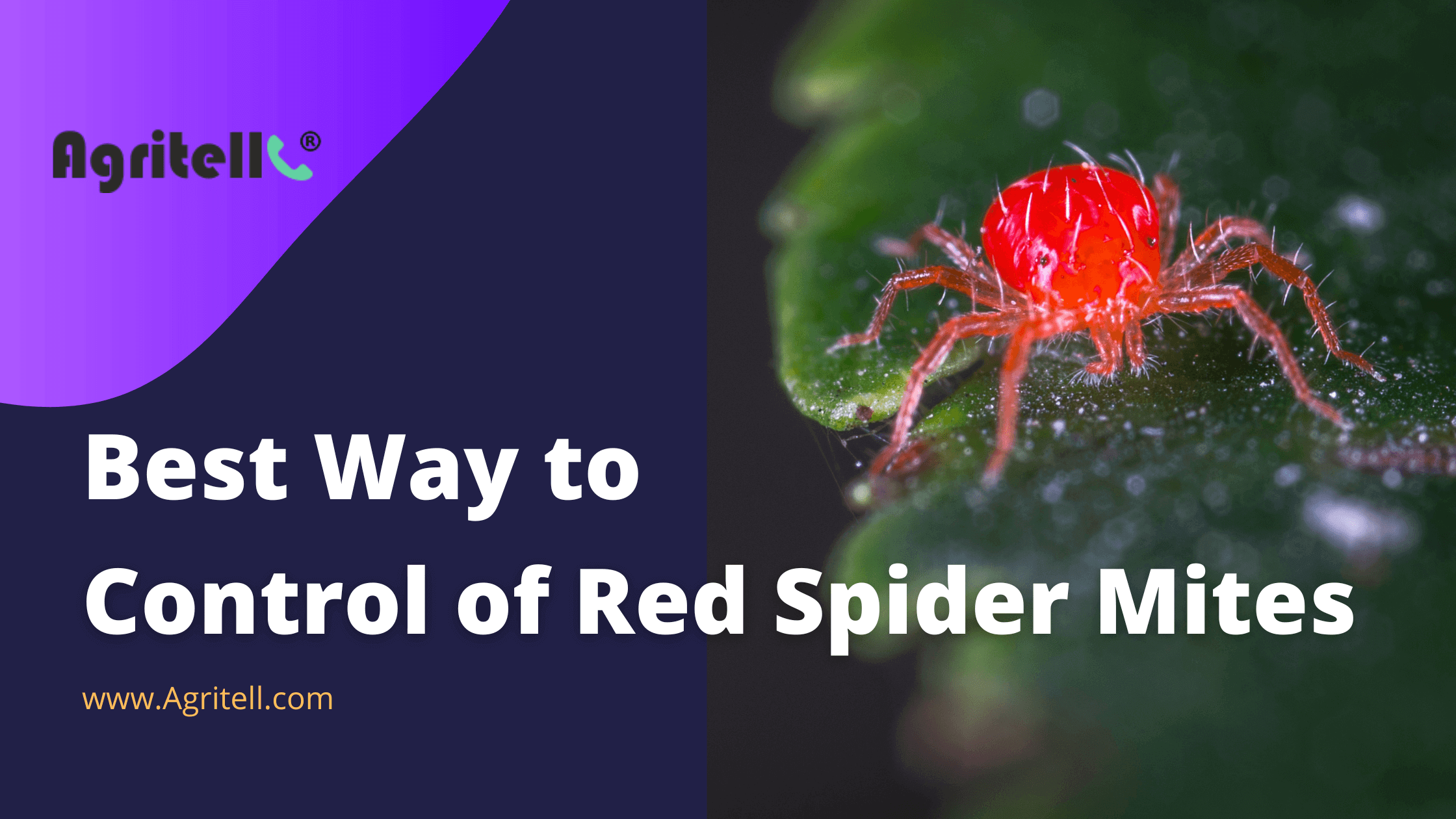AI-Powered Precision Farming: Transforming Agriculture for the Future!
Introduction
In the modern era, agriculture is undergoing a radical transformation with the integration of artificial intelligence (AI). AI-powered precision farming is a revolutionary approach that optimizes crop production, reduces resource wastage, and enhances overall farm efficiency. By leveraging data analytics, machine learning, and robotics, AI is reshaping how farmers grow and manage their crops. In this article, we will explore the concept of AI-powered precision farming, its key benefits, common agricultural practices, and the role of AI and robotics. We will also highlight the best countries adopting this technology and provide final recommendations for implementation.
Concept of AI-Powered Precision Farming
AI-powered precision farming refers to the use of artificial intelligence, data analytics, IoT devices, drones, and robotics to improve agricultural productivity with minimal resource utilization. This method involves gathering real-time data from the soil, climate, and crop health to make informed farming decisions. AI algorithms analyze the collected data to optimize irrigation, fertilizer usage, pest control, and harvesting schedules, ultimately leading to higher crop yields and cost savings.
Key Benefits of AI in Agriculture
Increased Efficiency: AI-driven analytics provide accurate forecasts, allowing farmers to make data-driven decisions that maximize productivity.
Reduced Resource Wastage: AI helps optimize the use of water, fertilizers, and pesticides, reducing waste and environmental impact.
Better Crop Health Monitoring: AI-powered imaging and sensors detect diseases, pests, and nutrient deficiencies early, leading to timely interventions.
Precision Irrigation: AI-based systems ensure optimal water distribution, reducing overuse and preventing soil degradation.
Yield Prediction: AI models predict crop yields based on historical data and current field conditions, helping farmers plan better.
Automated Farming Operations: AI-powered robots and drones streamline tasks like seeding, weeding, and harvesting, reducing labor dependency.
Cost Savings: By reducing input costs and improving yields, AI-powered precision farming helps farmers achieve higher profits.
Agricultural Practices Enhanced by AI
Smart Irrigation Systems: AI-based sensors monitor soil moisture levels and adjust water supply accordingly.
Precision Planting: AI algorithms determine the best planting times and seed spacing to optimize growth.
Automated Weed Control: AI-driven machines identify and remove weeds without harming crops.
Pest and Disease Detection: Machine learning models analyze plant images to detect early signs of pests and diseases.
Soil Health Monitoring: AI-based sensors assess soil conditions, guiding farmers in maintaining nutrient balance.
Drone Surveillance: Drones equipped with AI analyze crop health, detect abnormalities, and provide real-time insights.
Smart Greenhouses: AI regulates temperature, humidity, and CO2 levels to create optimal growing conditions.
Role of AI and Robotics in Farming
1. AI-Powered Data Analytics
AI processes vast amounts of agricultural data to provide actionable insights. Machine learning models analyze weather patterns, soil conditions, and crop performance, enabling precision-based decision-making.
2. Autonomous Tractors and Machinery
AI-powered tractors and machines automate plowing, seeding, and harvesting, reducing the need for manual labor and enhancing productivity.
3. Drones for Crop Monitoring
Drones equipped with AI cameras assess crop health, detect infestations, and map farm areas for improved planning.
4. AI in Supply Chain Management
AI optimizes logistics, storage, and market trends, helping farmers get the best prices for their produce.
5. Robotic Harvesting Systems
AI-powered robots efficiently harvest crops, especially for labor-intensive produce like fruits and vegetables.
FAQs
Q1: How does AI help small-scale farmers?
A: AI tools provide affordable solutions such as mobile-based crop monitoring and precision irrigation, helping small farmers optimize their resources.
Q2: Is AI in farming expensive to implement?
A: While initial costs can be high, long-term benefits such as increased yield and cost savings make AI farming a profitable investment.
Q3: Can AI replace human labor in farming?
A: AI can automate repetitive tasks, but human expertise remains essential for decision-making and farm management.
Q4: Is AI farming environmentally friendly?
A: Yes, AI minimizes waste, reduces chemical use, and promotes sustainable farming practices.
Q5: What crops benefit most from AI farming?
A: High-value crops like wheat, corn, tomatoes, and berries benefit significantly from AI-driven precision farming.
Final Recommendations
- Invest in AI-Based Technologies: Farmers should adopt AI tools such as smart sensors, drones, and automated machinery to enhance efficiency.
- Leverage Government Support: Many countries offer subsidies and grants for precision farming. Farmers should explore such incentives.
- Educate and Train Farmers: AI-driven farming requires skill development. Governments and organizations should focus on training programs.
- Encourage AI Startups in Agriculture: Investment in agritech startups can drive innovation and accessibility.
- Adopt Sustainable AI Practices: AI should be used to promote eco-friendly and sustainable farming methods.
Conclusion
AI-powered precision farming is revolutionizing agriculture by enhancing efficiency, sustainability, and profitability. By leveraging AI and robotics, farmers can optimize resources, improve crop health, and maximize yields while reducing environmental impact. With continuous advancements in AI technology, the future of farming looks promising, ensuring food security and sustainability for generations to come.




